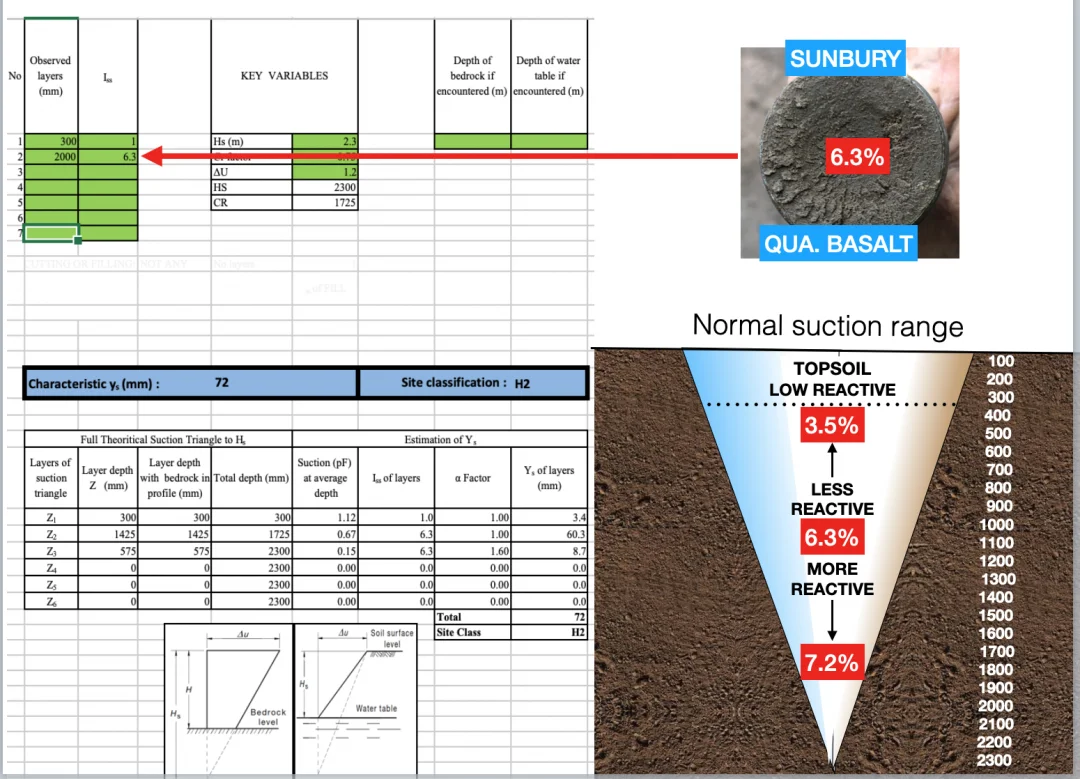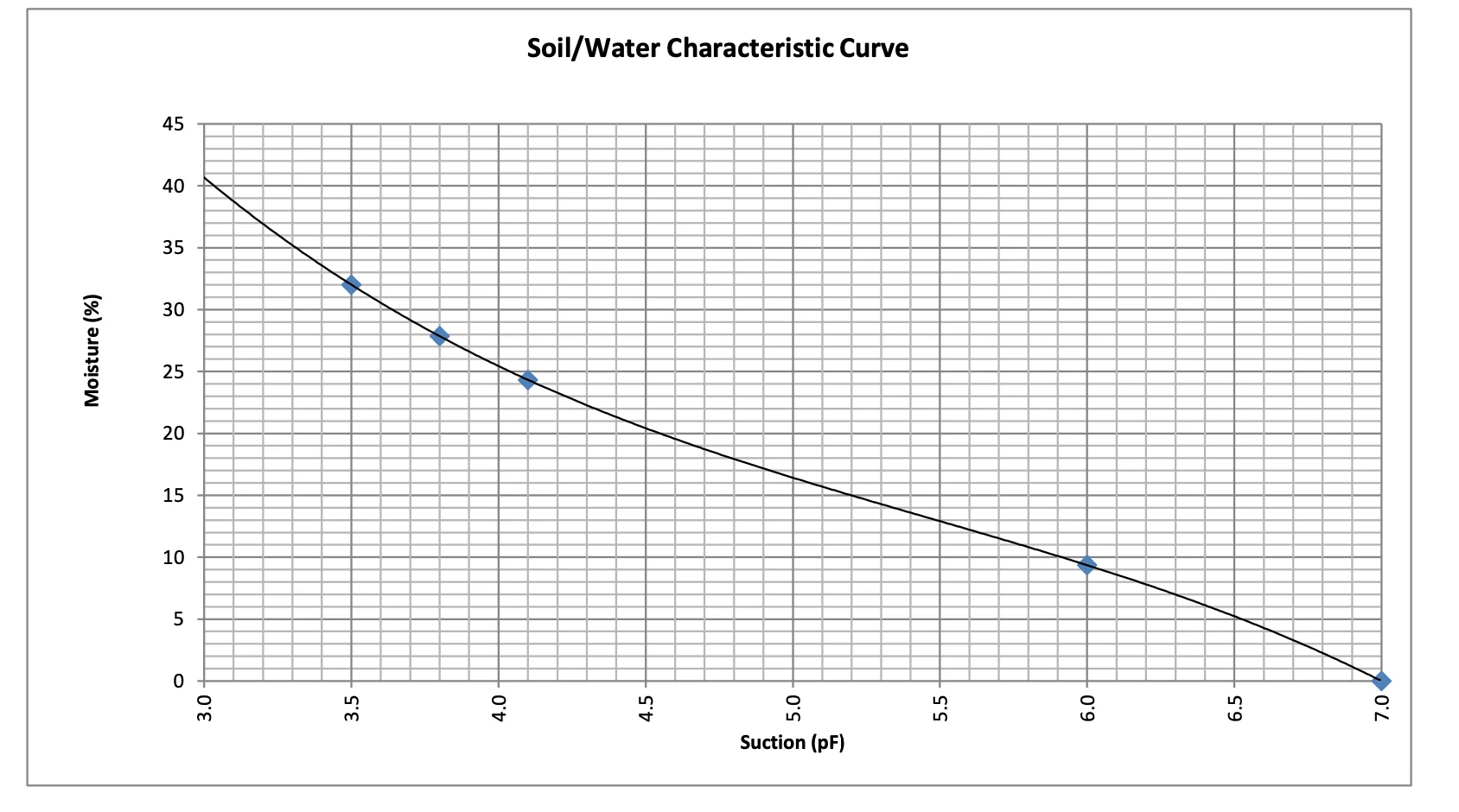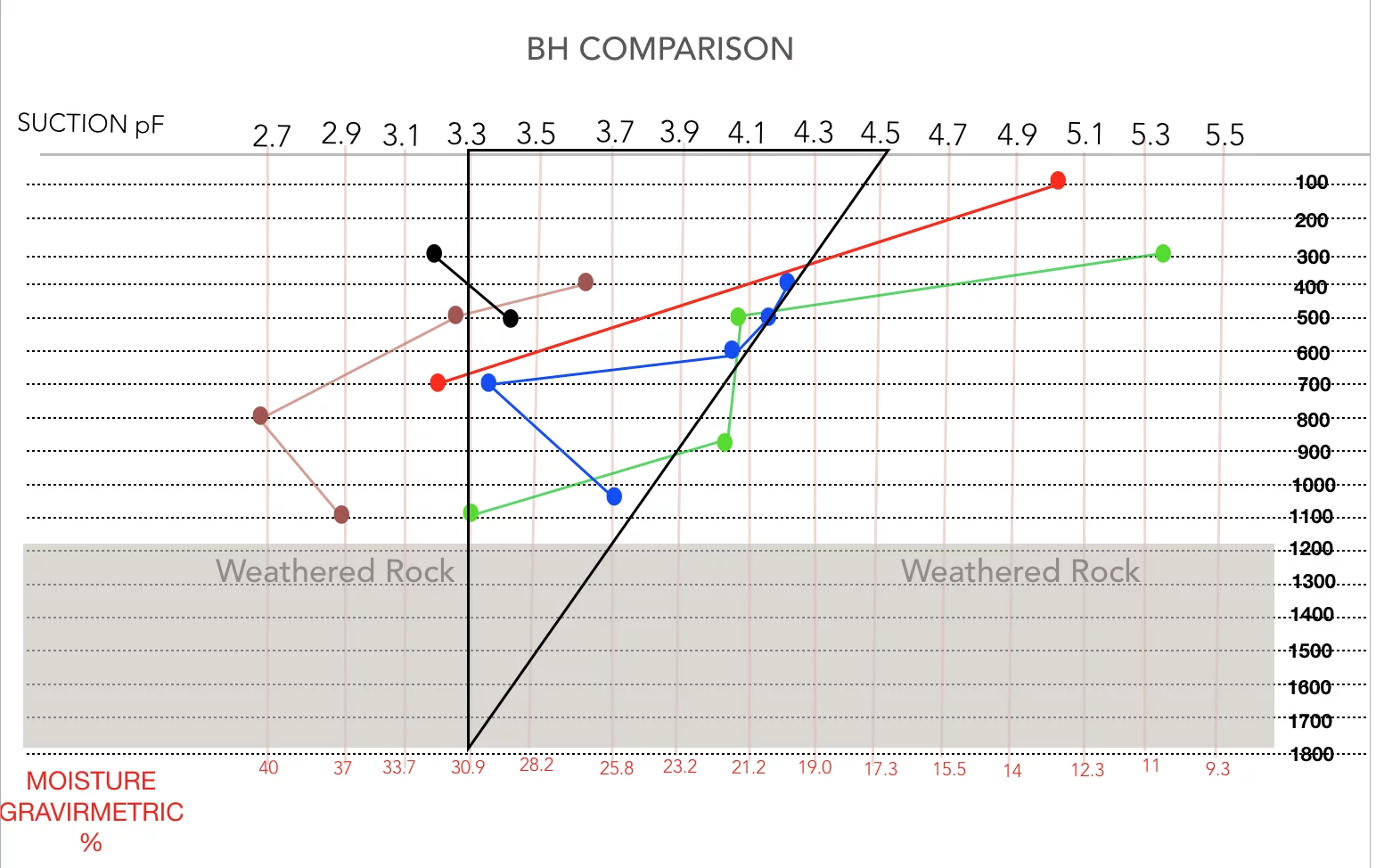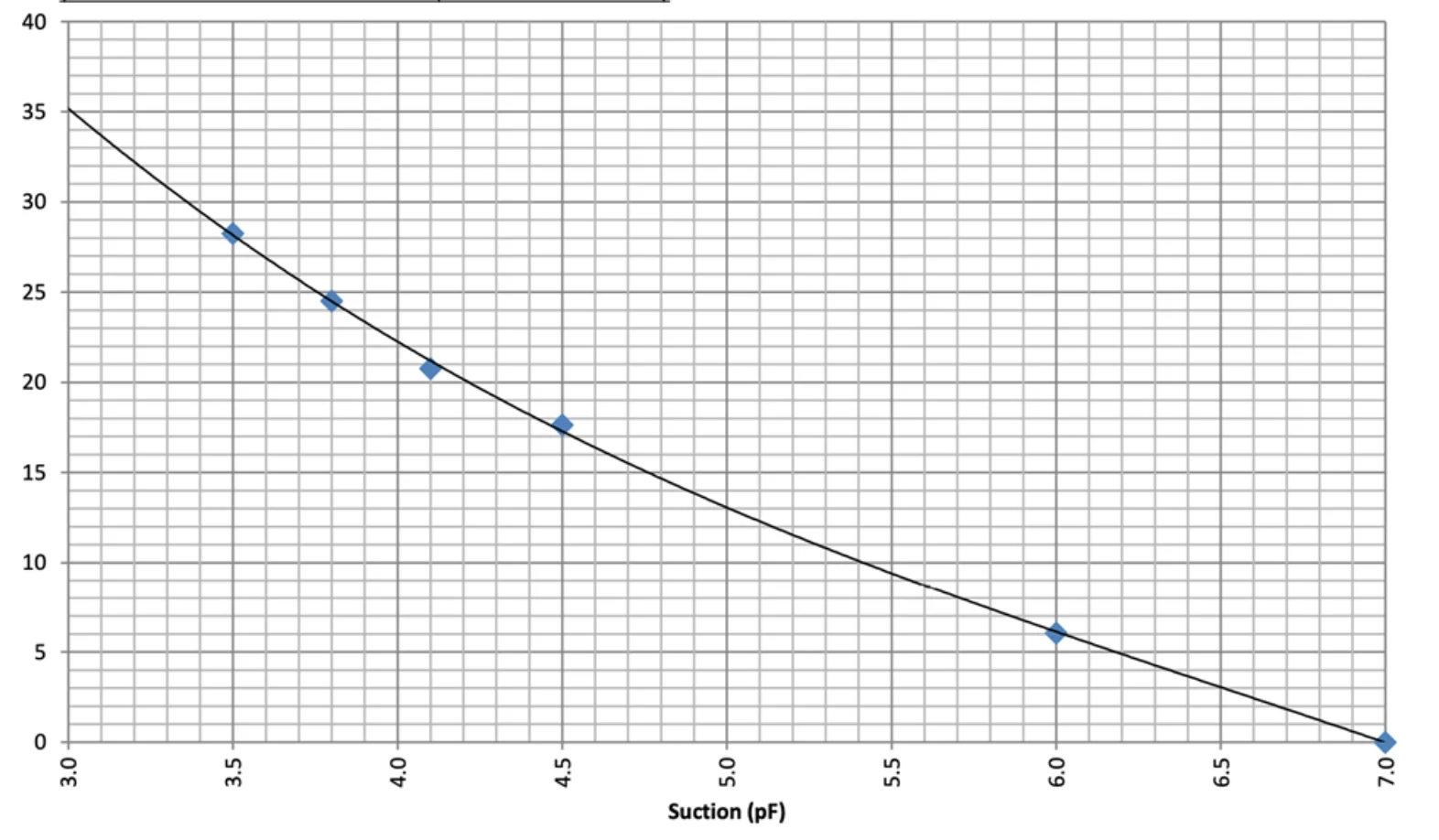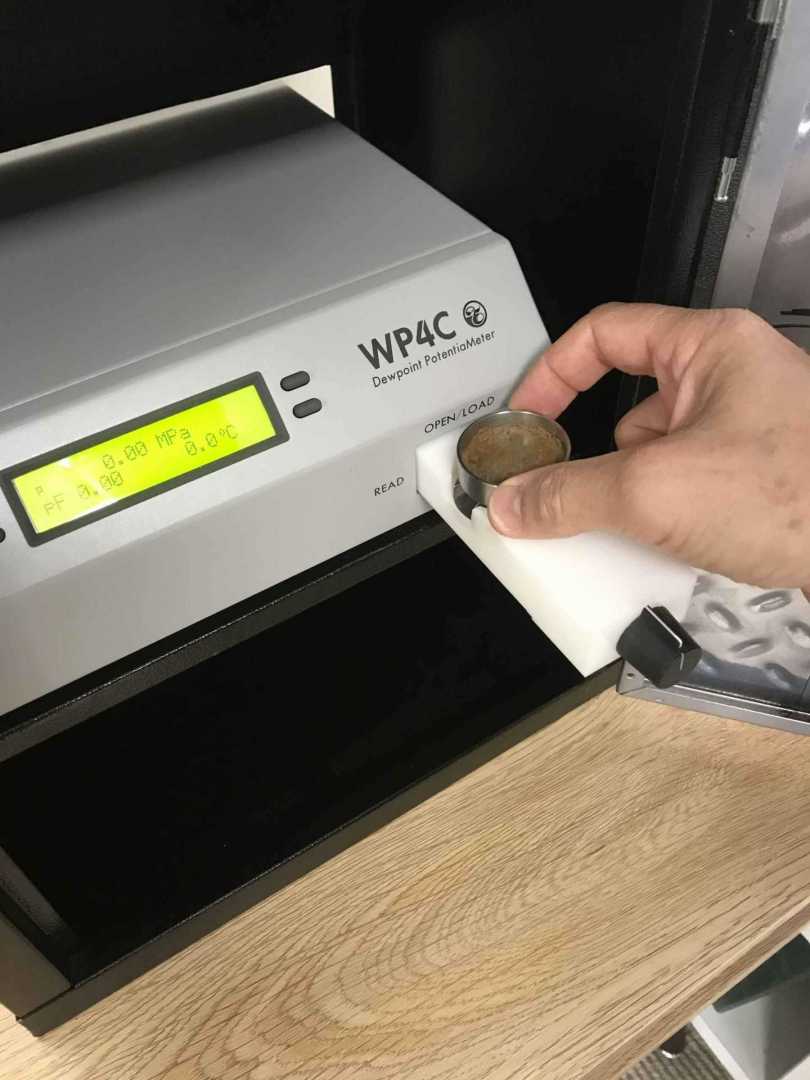Soil Profile Logging
Drillology Geotechnical Drilling Services
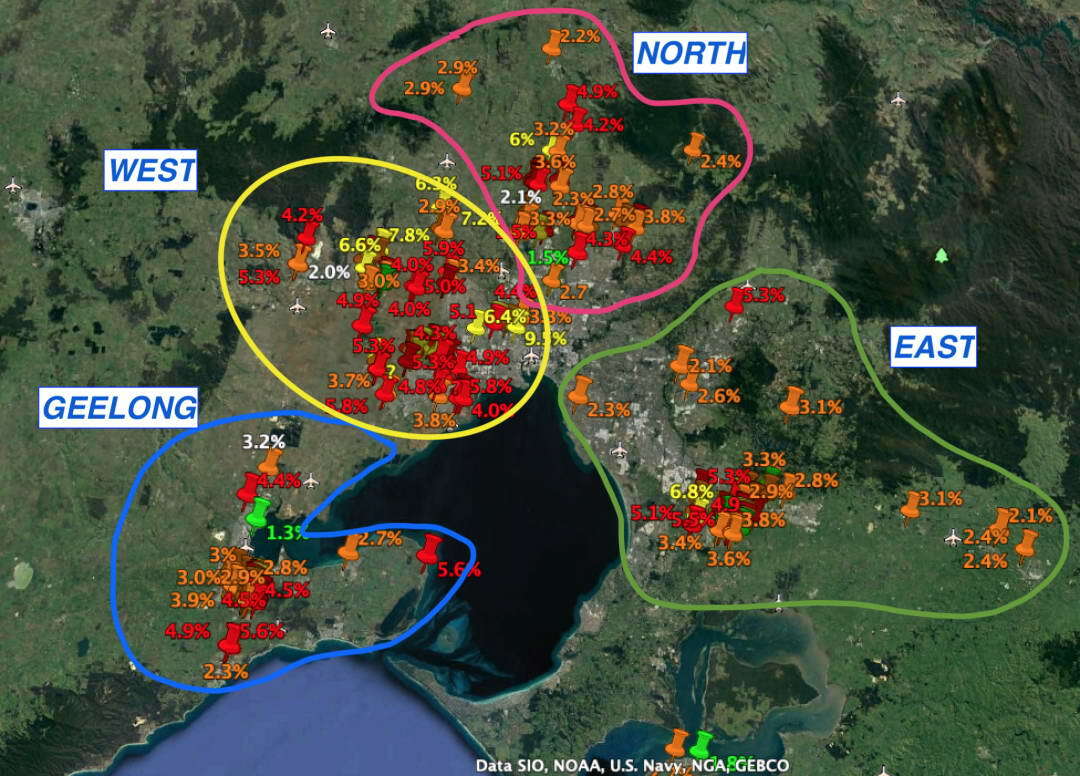
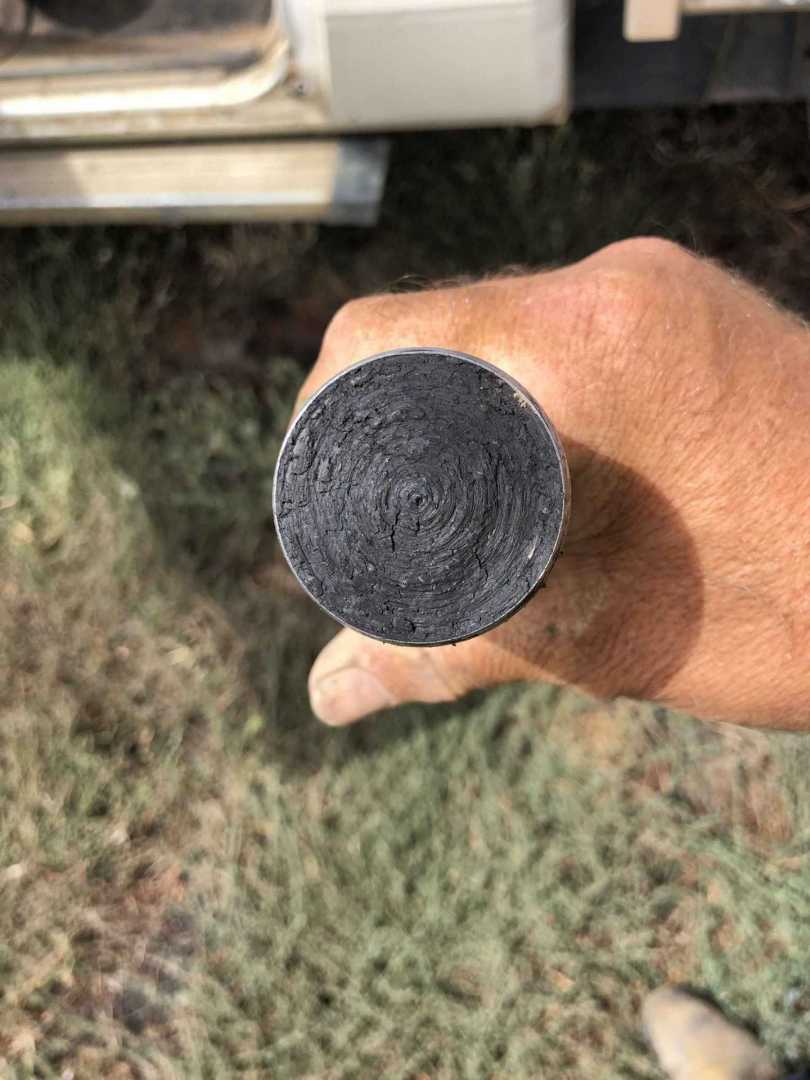
About Reactivity Testing
Melbourne soils have extreme variations in reactivity and consequently, extreme variations in ground movement. Large variations in geology constantly challenges geotechnicians and compels them to continually improve their knowledge of the geologic process. Just when you understand the geology and conditions of one subdivision, you move onto a new subdivision and the learning process starts again.
Visual and tactical methods although valuable, have their limitations and require significant experience in different soil types and geologies, and a sound understanding of AS 1726-2017. One of these methods main weaknesses is the prediction of the magnitude of reactivity amongst highly reactive soils. A good technician should be able to judge a soil to be highly reactive but due to a soils origin, history and chemical composition it is extremely difficult to assign an actual reactive value (Ips) or range to it. It is therefore often left to an engineer or geologist in the office to guess it’s Ips value from geological maps and local knowledge, despite the fact that most of the outer residual subdivisions are new, untested areas.
In the geotechnical field there is increasing interest in testing soils in the laboratory to satisfy the limited requirements of AS 2870-2011 while obtaining enough information to predict ground movement to a reasonable accuracy. Many practitioners in the industry have come to the realisation that the Shrink Swell test results are unreliable since the outcome will vary according to the different starting moisture content of the soil. The Free Swell test, although has some benefits, provides results that are difficult to correlate with the in situ undisturbed soil conditions and derive an Ips value from.
USL group, in conjunction with it’s partners, has devesloped the Core Shrink test so that it is now a relatively quick and accurate test. This modified Core Shrink test is gaining interest in the industry because a Soil Water Characteristic Curve (SWCC) can be derived from the same sample. The SWCC provides a link between soil moisture and suction values and provides actual values to be used in the ground movement model in the AS 2870-2017 which is based on suction ranges.
Reactivity Testing Frequently Asked Questions
Will the results be able to help me calculate site classifications ?
Yes the results can be converted to Ips values and add to your ground movement calaculations. Caution should be excersied as this is one sample of one of many possible clay layer at differnet depths and may not represent every soil layer and reactivity on a tested area.
The results are best used with our extensive data base of previuos tests which is more than 300 results through Melbourne and surrounds.
Is there a commercially available database of previously tested areas ?
Yes our industry partner USL Group have a large database of the reactivity results from differnet areas of Melbourne and surrounds. The database is commercially available and they can perform tests as required if you request them.
How does the test compare to the shrink swell test ?
The test which is a modified core shrinkage test is much more reliable and faster than the shrink/swell test. The shrink swell test is fast getting a reputation as a flawd test and the results vary according to the starting moisture content of the sample. I will post a new articule explaining the test and it’s advantages over a shrink swell test in coming weeks.
What are some of the advantages of the test ?
The modified core shrinkage test has several advantages over other tests including over the shrink/swell test.
It is undisturbed sample.
The results are the most accurate reactivity test avsilable.
It can be used to help calculate ground movement and ultimately site classifications.
Results are faster than the shrink swell.
In situ suction and moisture values are presented as part of the report.
A soil water characteristic curve can be obtained from the one sample being tested for reactivity.
Samples are much easier to take then larger tube samples which reduces the chance of disturbing the sample.
Modified core shrinkage test and Soil Water Characteristic curve(SWCC)
